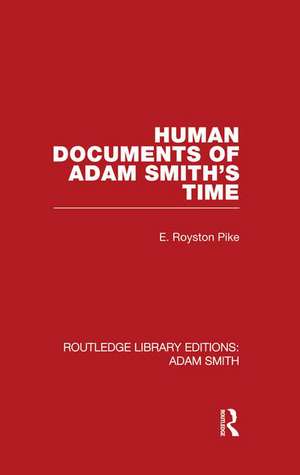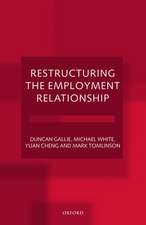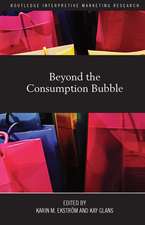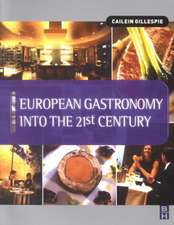Human Documents of Adam Smith's Time: Routledge Library Editions: Adam Smith
Autor Edgar Royston Pikeen Limba Engleză Paperback – 7 apr 2015
The first chapter consists of ‘documents’ illustrating life in London: ‘low life’ be it noted, which is not to say that it is all sordidness and debauchery and crime (though there is plenty of that in evidence) but life as it was lived by the ‘lower orders’, whom Adam Smith gratefully recognises as ‘the great body of the people’. The last chapter describes the Scotland that Adam Smith knew – Kirkaldy, Glasgow and Edinburgh.
| Toate formatele și edițiile | Preț | Express |
|---|---|---|
| Paperback (1) | 192.69 lei 6-8 săpt. | |
| Taylor & Francis – 7 apr 2015 | 192.69 lei 6-8 săpt. | |
| Hardback (1) | 398.18 lei 6-8 săpt. | |
| Taylor & Francis – 14 dec 2009 | 398.18 lei 6-8 săpt. |
Preț: 192.69 lei
Nou
Puncte Express: 289
Preț estimativ în valută:
36.87€ • 38.42$ • 30.53£
36.87€ • 38.42$ • 30.53£
Carte tipărită la comandă
Livrare economică 03-17 aprilie
Preluare comenzi: 021 569.72.76
Specificații
ISBN-13: 9781138865440
ISBN-10: 1138865443
Pagini: 272
Dimensiuni: 138 x 216 x 14 mm
Greutate: 0.32 kg
Ediția:1
Editura: Taylor & Francis
Colecția Routledge
Seria Routledge Library Editions: Adam Smith
Locul publicării:Oxford, United Kingdom
ISBN-10: 1138865443
Pagini: 272
Dimensiuni: 138 x 216 x 14 mm
Greutate: 0.32 kg
Ediția:1
Editura: Taylor & Francis
Colecția Routledge
Seria Routledge Library Editions: Adam Smith
Locul publicării:Oxford, United Kingdom
Cuprins
1. Adam Smith: The Man and his Book 2. ‘Low Life’ in London 3. English Tradesmen 4. ‘Prentice Boys 5. Some London Shopkeepers 6. Country Characters 7. Up and Down the English Roads 8. ‘The Labouring Poor’ 9. The Changing Face of British Industry 10. The Scotland that Adam Smith Knew
Descriere
First published in 1974, this is not a ‘life’ of the founder of the science of economics, although it opens with a biographical sketch; nor is it an analysis of The Wealth of Nations, although it contains numerous pointed quotations from it. Rather, it is a presentation of Adam Smith against his background of time and place, eighteenth century Britain on the eve of the Industrial Revolution.
The first chapter consists of ‘documents’ illustrating life in London: ‘low life’ be it noted, which is not to say that it is all sordidness and debauchery and crime (though there is plenty of that in evidence) but life as it was lived by the ‘lower orders’, whom Adam Smith gratefully recognises as ‘the great body of the people’. The last chapter describes the Scotland that Adam Smith knew – Kirkaldy, Glasgow and Edinburgh.
The first chapter consists of ‘documents’ illustrating life in London: ‘low life’ be it noted, which is not to say that it is all sordidness and debauchery and crime (though there is plenty of that in evidence) but life as it was lived by the ‘lower orders’, whom Adam Smith gratefully recognises as ‘the great body of the people’. The last chapter describes the Scotland that Adam Smith knew – Kirkaldy, Glasgow and Edinburgh.




















